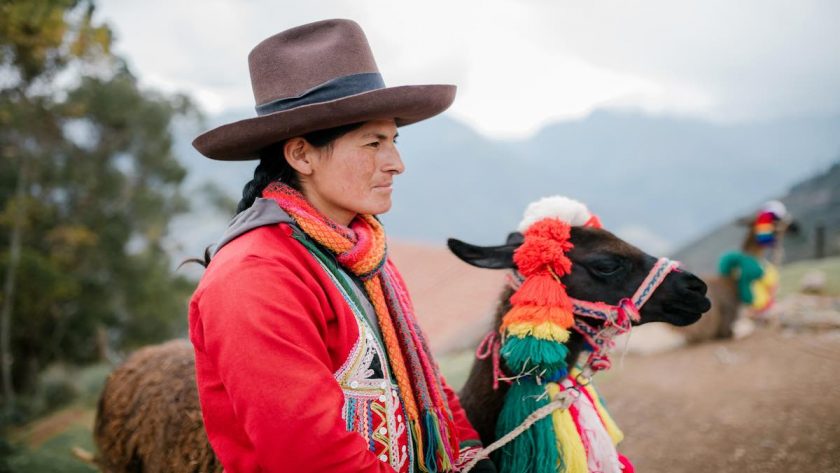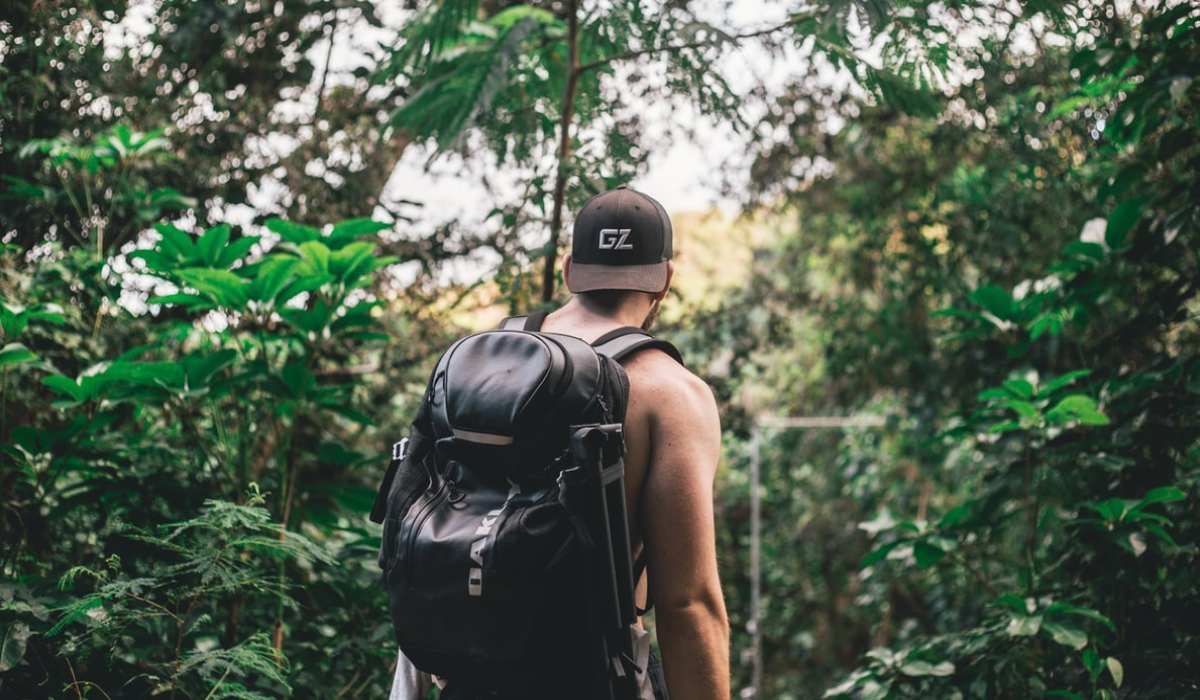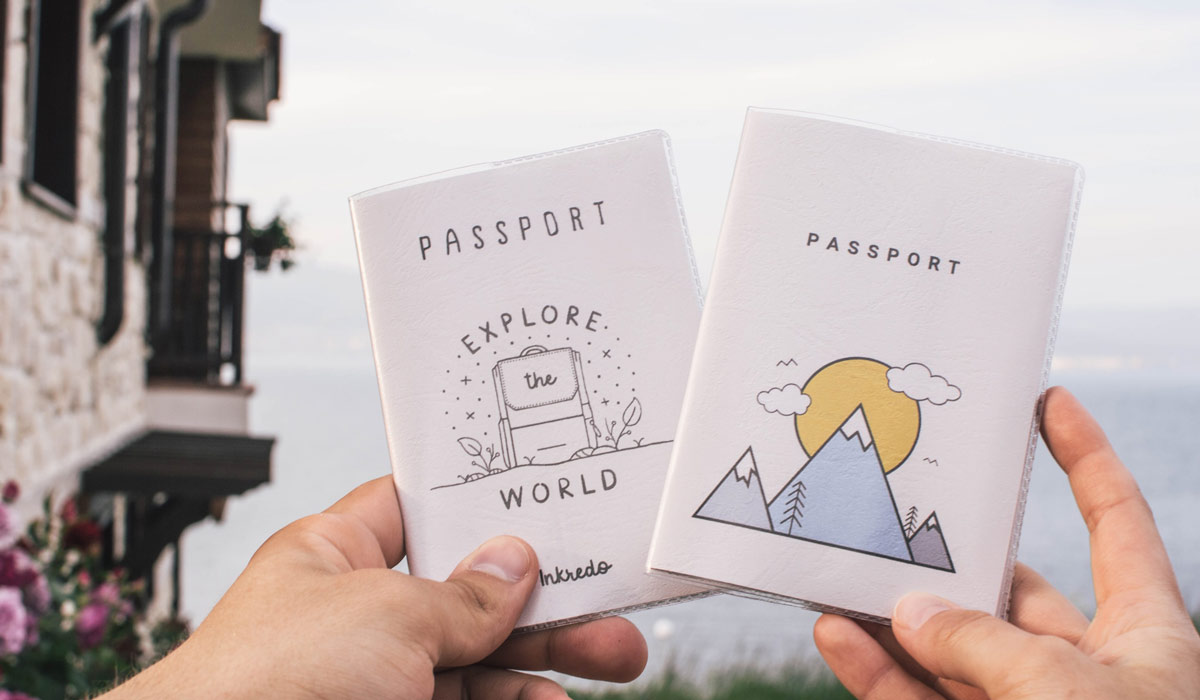This post is also available in:
 Español
Español
Indigenous women suffer double discrimination: for being indigenous and for being a woman. But today we dedicate this post to her precisely for that reason, for being an indigenous woman. Is there a better way to celebrate International Women’s Day ? Happy March 8!
Indigenous women in Latin America tribes
In South America there are more than a hundred indigenous tribes spread throughout the continent. In most of them, the role of women is that of caregiver of their children and of the community, but we have come to detail the particularities and characteristics of some tribes in different countries of South America:
Wayuu, Colombia
Unlike the Kogui Indians in Lost City, in the Wayuu community women play an essential role. The woman in this community has the ability to provide descendants to the community. They keep their surname! As a mother, the woman is in charge of teaching her children the stories and customs, so it is understood that the continuity of the community and traditions depends on the role that women play.
Women also assume the role of shamans in society. Having the gift of offspring, they are considered to have a special connection with spirits and there is a belief that through dreams they can predict the future.
Aymara, Bolivia
The textile expresses the soul of women, their mood and their reality. The women artisans of Lake Titicaca combine their daily chores with their work on the looms. On many occasions, handicrafts are their only source of income. Overcoming their shame, the Aymara women have begun to leave their community to sell their products in the market. Bravo!
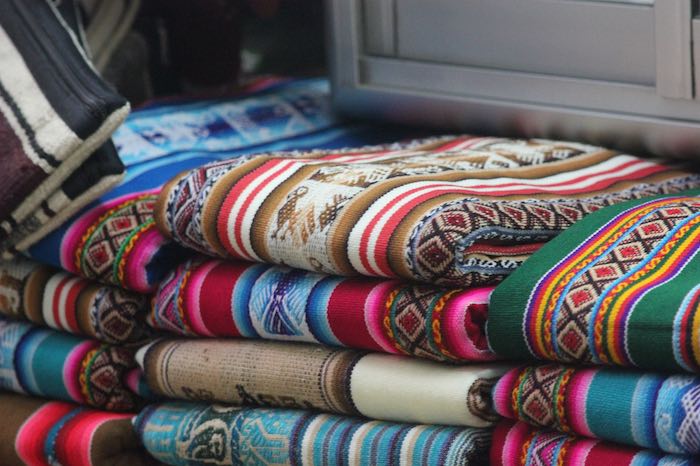
Huaorani, Ecuador
The Huaorani women of Yasuni National Park are in charge of the work in the community: they are in charge of making ceramic pots, carrying water to the community over long distances, making handicrafts, cleaning the land and planting crops. They are also responsible for the education of their children and teach them the culture.
They marry from the age of 13 after having spent between 5 and 7 years in school. When it is the time to give birth, they are accompanied by their mothers or aunts, although some do it alone.
Xinka, Guatemala
Today the Xinka women are in charge of the home, preparing food and making handicrafts. Unfortunately or fortunately (we will not be the judge), many of the pre-Hispanic customs of the community have been lost. The women prepared rituals for the triumph of their husbands and rituals to welcome them after the fight with hostiles.
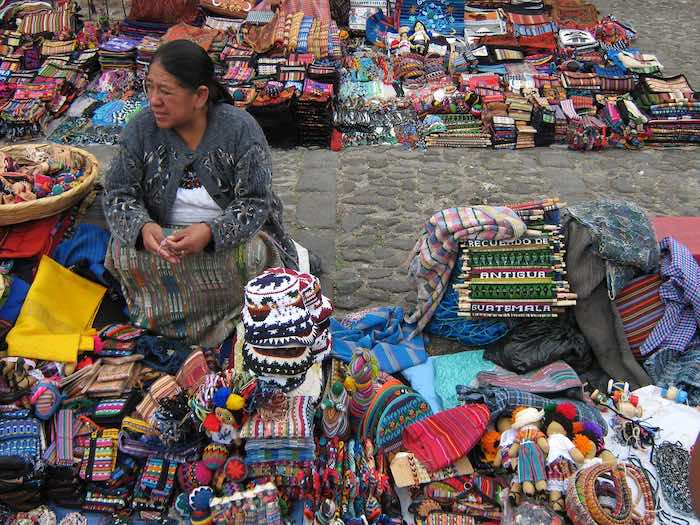
Within the classical Xinka civilization, depending on their day and moon of birth, the role of women in society was established. Some of these roles throughout its history have been:
- Narila: educator in charge of knowledge sharing.
- Tekuani: in charge of leading the community.
- Axurumu: spiritual guide of the community.
- Umala: healer through energies and plants.
- Nuwakila: responsible for accompanying women in their births.
- Wunaki: observer of heaven and intermediary of messages from the Creator.
- Tawalaki: partner in the dying process.
- Tzawaki: hunter and harvester.
- Hünüki: researcher and dedicated to investigation.
Mixteca, Mexico
In the Mixtec community that inhabits the coast of Guerrero, women are dedicated to handicrafts and to the maintenance of the community, as the men go out to look for work. The elders, the children and the culture in the region, therefore, depend entirely on women.
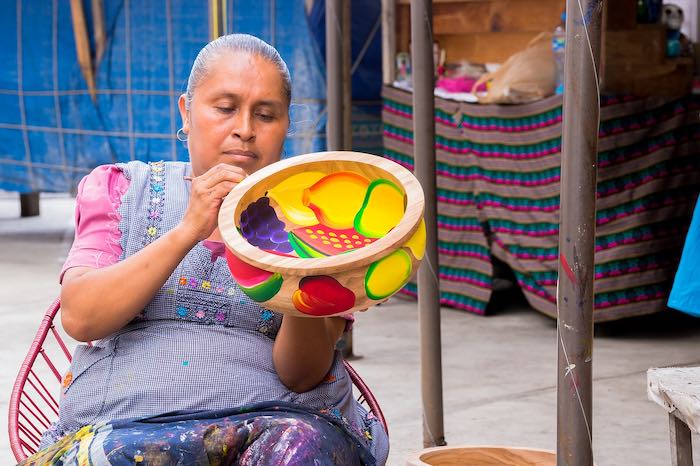
Still today they live without hospitals and childbirth is often synonymous with death. There is still a part of the Mixtec community where girls between the ages of 12 and 14 are still sold by their parents. They are fighting to put an end to it!
Ashaninka, Peru
The Ashaninka woman is a reflection of the family unit and the central axis of the community. She has knowledge in the management of medicinal plants and other natural resources, which makes her an important bearer of knowledge.
Ashaninka women occupy a subordinate role in the community and this fact, although it sounds contradictory, is intensifying. The opening to the foreign market has boosted the figure of the man as mediator and decision maker because he is the one who knows the language. There’s a solution and it is as simple as complicated: to educate in an egalitarian way.
There is no doubt that the role of women in indigenous society is fundamental, regardless of whether they consider themselves to be so or not. Little by little, movements are appearing that promote their development and personal growth. It is not about ending the essence of the communities, it is about ending the injustices that deny women training and fundamental rights.

